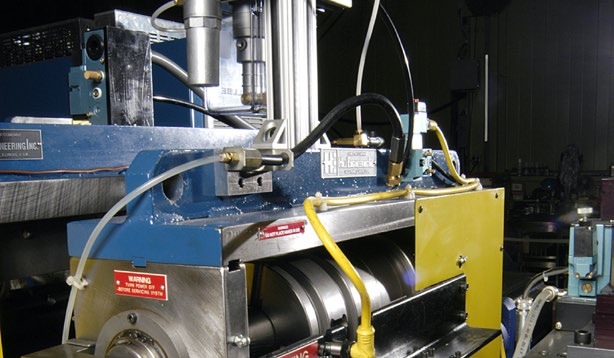The material thickness that can be punched on a rotary machine is limited to 12-gauge or thinner. Rotary punch technology can be inflexible in terms of how many different applications it can be used for. The rolls are the cooling, so they cannot be switched with other tooling in the same way that punch tooling can be on a turret punch press.
The roll diameter is determined by the part specifications, and different parts may require different vertical roll spacing, for example. A rotary unit is not suitable for short runs. To achieve cost efficiencies, it must be dedicated to one job for an extended period of time.
In the Long Run
If a million feet of product is run per year, it is a good candidate for rotary punching. Rotary punching less than a million feet per year can be cost justified if the part has uncomplicated features. If the volume of the component to be punched, lanced, or formed is high enough, evaluate the features in the part, and then determine if a rotary unit fits the application. If it does, then perform a cost justification to see if rotary punching can save money on each part to be produced.



